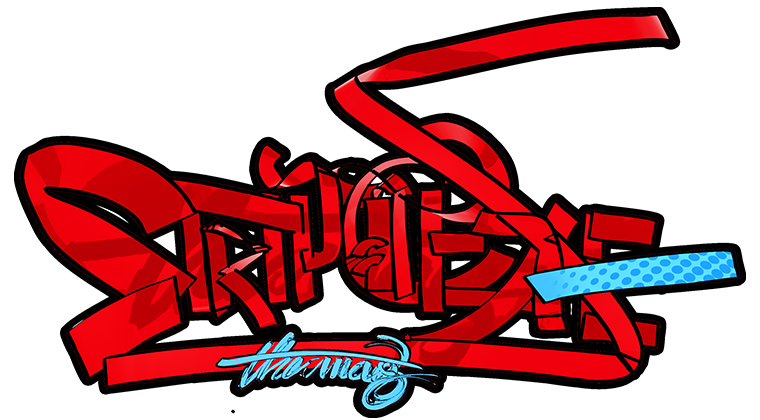The Emergence of Underground Comix
“In the twentieth century comics have come to have a more limited definition that frequently depended upon their location within the media. Newspaper strips, whether dramatic or humorous, were aimed at a general, family audience. There were many important comics that were none of these things, comics that contained graphic views of war or horror, but the Comics Code movement during the McCarthy era drove them out of business. This left a landscape where comics artists and readers were constrained in their choices and this frustration led to comix. The “x” is there to distinguish the two approaches. Comix offered artists the freedom to use unfettered language, depict graphic sex or recreational drug use, and make use of extreme violence when the story called for it. This entirely new approach to the medium produced works that were completely different than any that had come before and that also reflected the tremendous social changes associated with the 1960s.”
– from Robert Crumbs interview on Underground Classics)
“Underground comix” were usually sold in what were known as “head shops and self-published.They reflected the troubled times of the Vietnam-era and the Civil Rights movement. Born from the era’s counterculture, such Comics dealt with anti-establishment sentiments, sexual awakening issues, psychedelia-drugs, women liberation and God.
The creative freedom enjoyed by such graphic novels, much distanced from the restrictions of the CCA, created such work of art which opened doors to the emergence of graphic novels. In fact the term ‘graphic novel’ was popularized by Will Eisner’s 1978 short story collection, A Contract With God (the first creator owned and published graphic novel). Eisner’s book, specifically designed to speak to adult readers. Major breakthrough for graphic novel occurred when the self-published graphic novel about the biographical story of Spiegelman’s parents in World War 2 holocaust Maus: A survivors tale, was nominated for several literary awards, and in 1992 received a special Pulitzer Prize.

Many British authors traversed to the genre of Graphic novels, Alan Moore, Brian Bolland, and Alan Davis brought a new, fresh sensibility to comics. Alan Moore and Dave Gibbons revolutionary work Watchmen became the corner stone of comic literature. Apart from that, Neil Gaiman’s Sandman became the most successful graphic novel in the United States, now DC Comics has chosen to keep the entirety of Gaiman’s Sandman work in print in a variety of graphic novel formats.
Batman stories became highly unpredictable with the introduction of the character in the graphic novel. The character over the years had accumulated a complex, burdensome background. With fluctuating sales and with repetitive variations of similar characters like Robin, the readers almost became bore with the series. The year 1986, became a new start for Batman, Frank Miller’s Dark Knight Returns was published by DC, and the attempt was to revamp the character of Batman. Miller adopted a ‘bold and deceptively graphic style’. His artwork was highly supported by DC, with extra pages square binding and glossy paper to show off the water colors.



